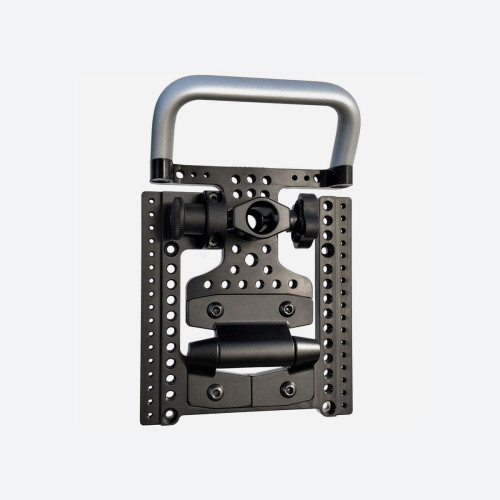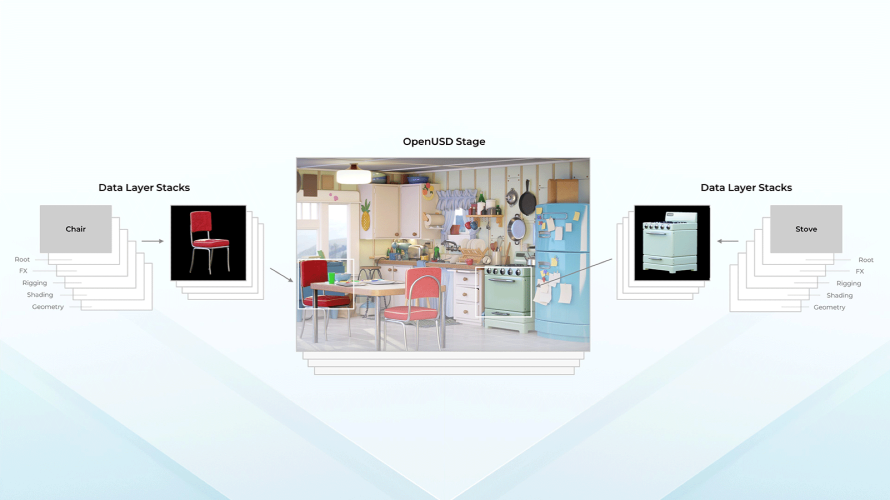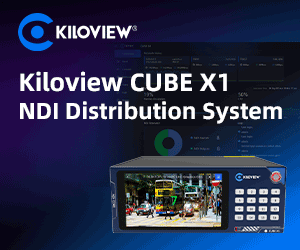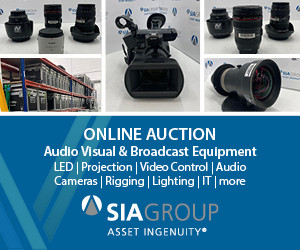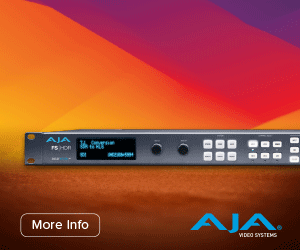Getting the 3D words right

Author: Bob Pank#
Published 1st May 2011
Captions and sub-titling in 3D is not so easy as in 2D. The words cannot simply be superimposed over 3D content. They need to be accurately positioned in the depth plane otherwise they can create visual confusion and break the whole 3D illusion.
For instance, consider a street lamp-post on the right in the foreground and in front of the screen plane. There is a street scene with shops in the far background and behind the screen plane. Fade in a caption with no parallax on the screen plane. This works if the caption is to the left of the lamp-post. However, if the caption is positioned such that it intersects the lamp-post, then there is a 3D confusion. You have the post in front chopped off by the caption behind it. Impossible!
To get the caption or subtitles moved in depth (z-plane) is relatively easy. You need a left and right copy of the same graphics and key. They have to be displaced horizontally by the required number of pixels for the depth positioning. Finding the correct position is not so easy and the action in the scene could be moving objects in and out of the plane all the time. You can’t simply place the captions permanently fully forward. Disparity limits and range have to be considered to find a comfortable position that works.
The recently-approved DVB-3DTV specification is accompanied by a Subtitling Systems specification (EN 300 743). This provides a standard way of allowing subtitles and other on-screen graphics to be positioned in the stereoscopic picture. There are already a number of systems to help address problem when it come to off-line preparation. Using the disparity data gathered from media, these software tools can automatically position captions or graphics and provide sub-titling positioning assistance. To do this on live programme content is more challenging.
Depth disparity analysis needs to be done in real-time to determine the positions of the most forward objects so that a suitably forward position for the captions or graphics can be estimated. However, this data can be restricted to a local rectangular target zone over which these are going to land.
The Cel-Scope3D stereoscopic analyser is able to provide suitable position vectors whilst also checking the 3D content for disparity errors or depth budget problems. The position information then has to be acted on by a 3D shifter box and the CG generating the overlays. Some vision switchers can also make the necessary depth adjustments so that words and action don’t crash in 3D.
Robin Palmer is Managing Director of Cel-Soft and is currently involved with software solutions for 3D & TV quality control and measurement technology.






